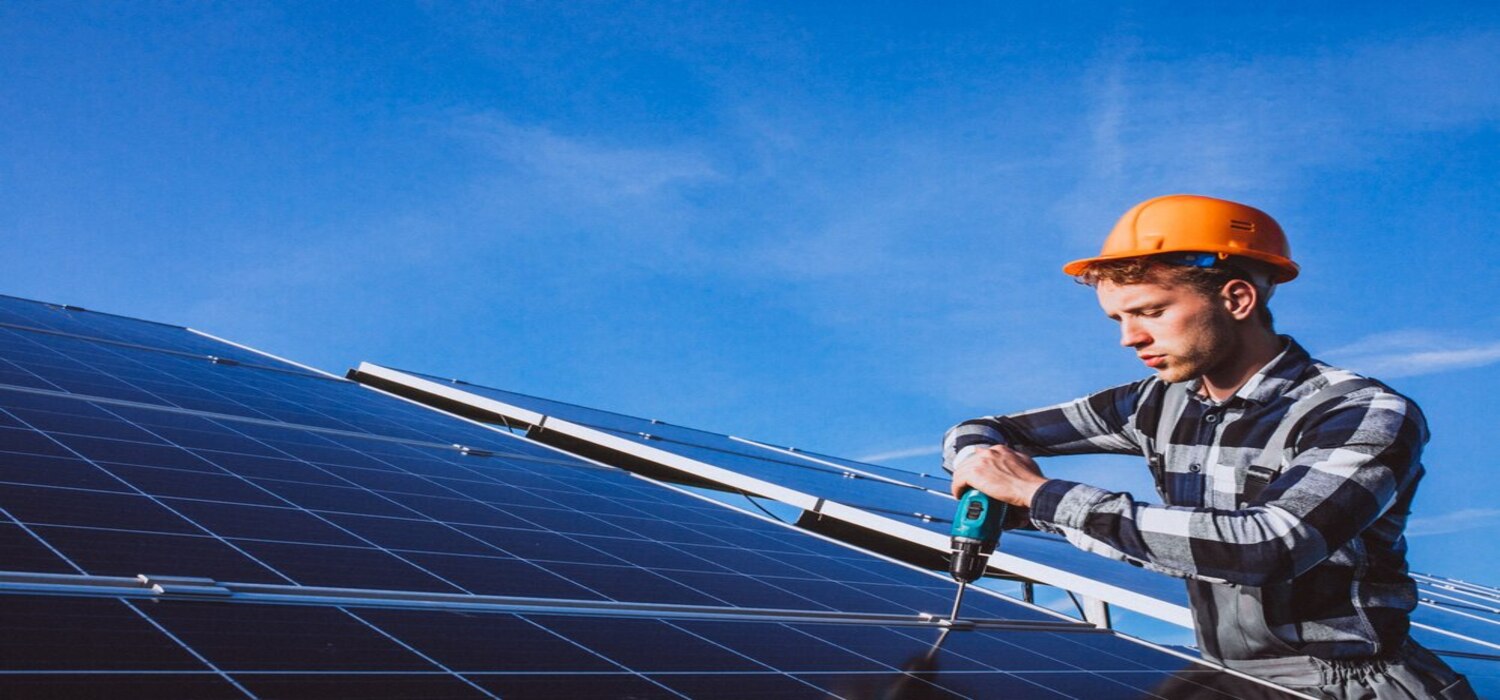As urban areas continue to grow, the need for sustainable solutions becomes more critical. One of the most effective ways to address this challenge is by integrating solar energy conservation with rooftop land use. Here’s how these two elements can work together to create environmental benefits.
1. Maximizing Urban Space
In densely populated cities, rooftop space often goes unused. By installing solar panels on rooftops, we can maximize the use of urban land without consuming additional green spaces. This approach not only optimizes available resources but also reduces the urban heat island effect, where cities become significantly warmer than surrounding rural areas.
2. Reducing Carbon Footprint
Utilizing solar energy significantly reduces reliance on fossil fuels, leading to lower greenhouse gas emissions. By harnessing solar power on rooftops, buildings can generate clean energy, which contributes to a reduction in overall carbon footprint. This shift is essential for combating climate change and improving air quality in urban environments.
3. Enhancing Energy Efficiency
Solar panels on rooftops can enhance a building’s energy efficiency. By generating electricity on-site, buildings can reduce their dependency on grid power, leading to lower energy costs. Additionally, many solar installations come with energy storage solutions, allowing buildings to use solar energy even when the sun isn’t shining, further maximizing energy efficiency.
4. Promoting Green Infrastructure
Rooftop solar systems can be integrated with other green infrastructure solutions, such as green roofs and urban gardens. Green roofs help insulate buildings and manage stormwater runoff, while solar panels provide renewable energy. Together, these elements create a more sustainable urban ecosystem, improving biodiversity and enhancing the overall quality of life for residents.
5. Supporting Local Economies
By investing in rooftop solar installations, local economies can benefit from job creation in the solar energy sector. This includes installation, maintenance, and manufacturing jobs, which can help stimulate economic growth. Additionally, using local contractors and suppliers for solar projects supports community businesses.
6. Raising Awareness and Engagement
Implementing solar energy on rooftops can also serve as a visual reminder of the importance of sustainability. When buildings showcase their solar installations, they can inspire others in the community to consider renewable energy solutions, raising awareness and encouraging collective action toward environmental conservation.




